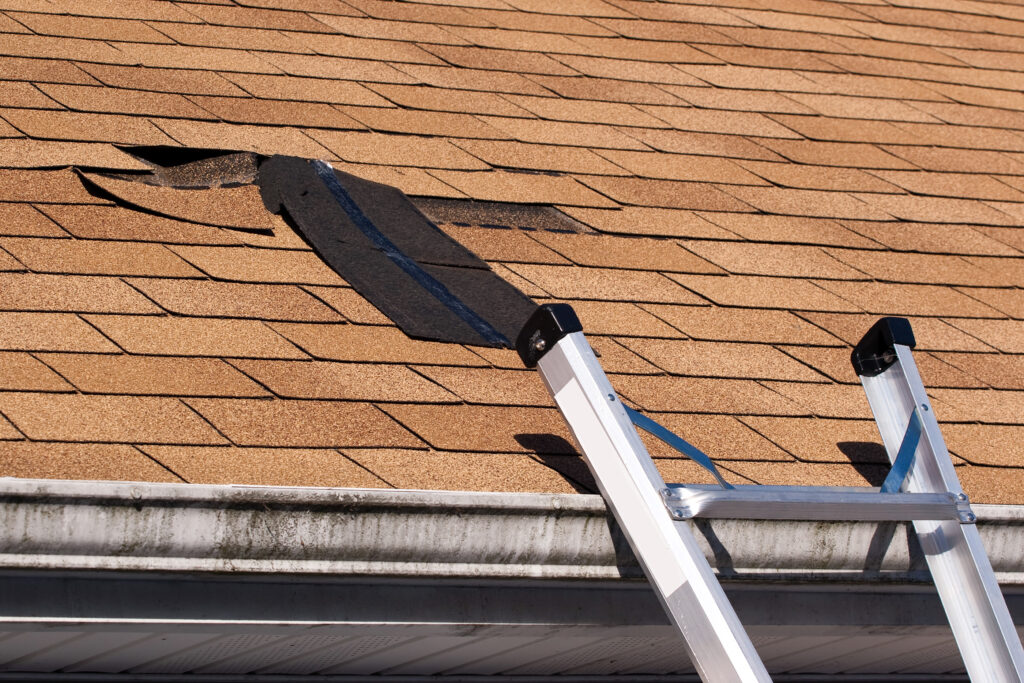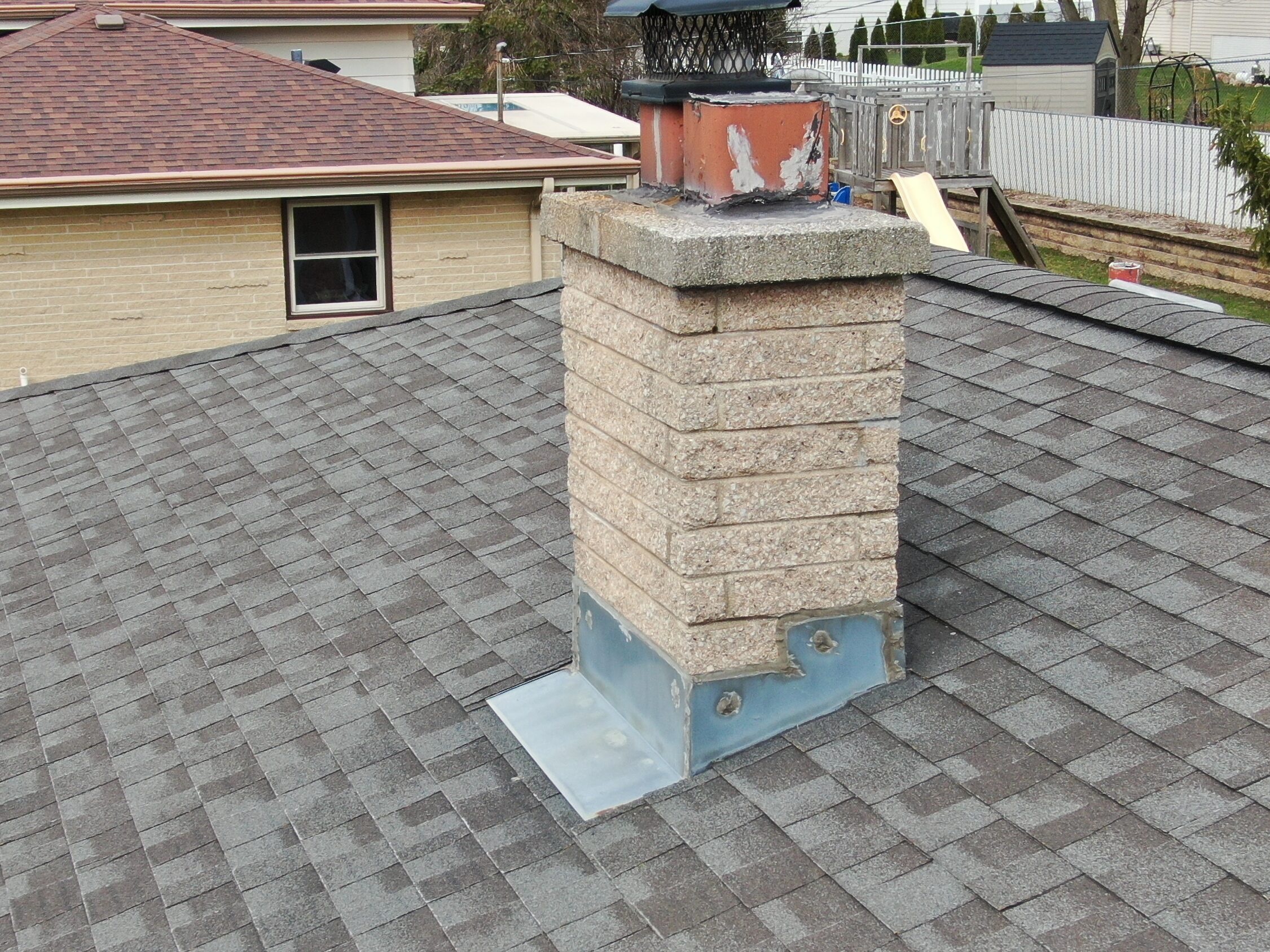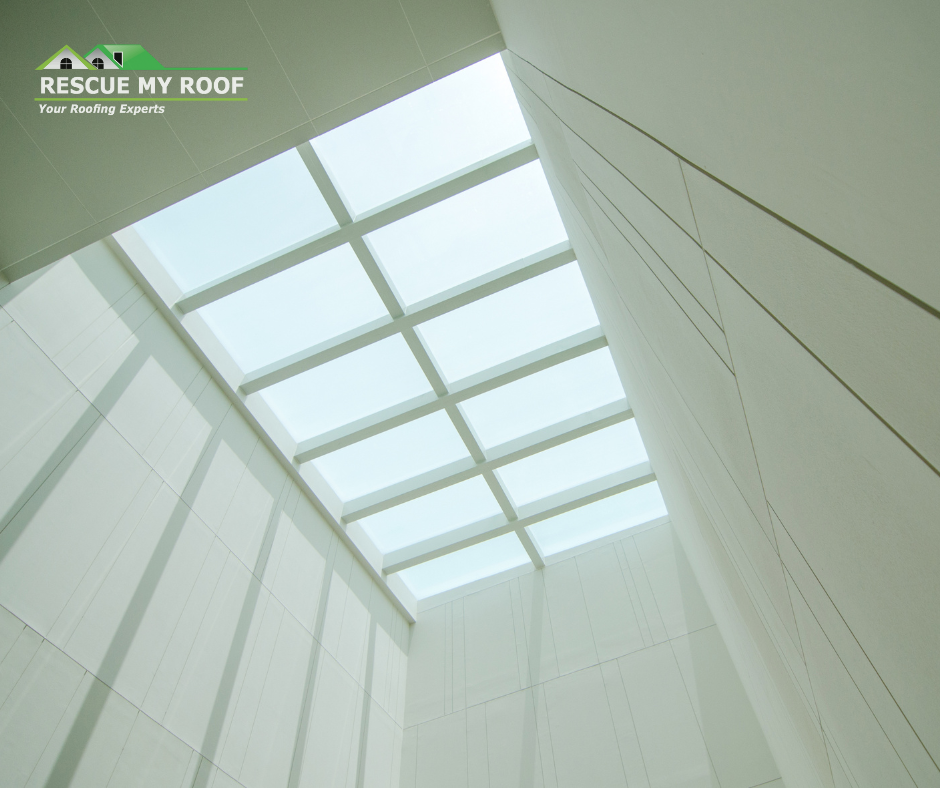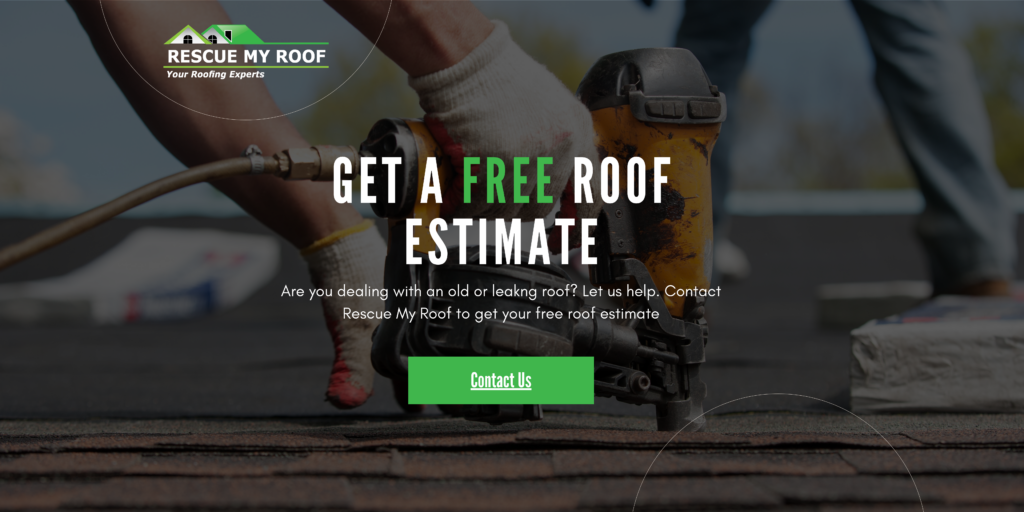Unveiling Roof Leaks: Exploring the Most Common Culprits
A leaking roof can spell trouble for homeowners, leading to water damage, mold growth, and costly repairs. Identifying the source of a roof leak is crucial for effective repairs and preventing further damage to your home.
But for most homeowners, roof leaks aren’t on their radar until it’s soaked through your home’s drywall. How do you know what areas to keep an eye on to catch a roof leak in its early stages?
Rescue My Roof has been serving homeowners for over a decade, educating them on how to keep their roofs in the best shape to protect their homes and families.
In this article, we’ll uncover the most common areas that are prone to leaks on a roof, equipping homeowners with the knowledge needed to address these issues promptly and effectively. Ultimately, you’ll know what areas to inspect to keep your roof leak free for years to come.
The Top 6 Areas Prone to Roof Leaks
Roof leaks can cause thousands of dollars in repairs if left untreated, but the best way to save yourself from roof leaks is preventing them.
There are several areas on your roof that are prone to leaking. Here’s what you need to know:
1. Damaged or Missing Shingles

Damaged or missing shingles are one of the primary culprits behind roof leaks. Cracked, curled, or blistered shingles can allow water to penetrate the roof surface, leading to water damage in the underlying layers.
Missing shingles create vulnerable spots where water can easily infiltrate the roof structure, especially during heavy rain or windstorms. If your roof is missing shingles, call a professional ASAP to properly replace the missing shingles before further damage occurs.
2. Flashing

Flashing is a thin metal material installed around roof penetrations such as chimneys, skylights, vents, and valleys to prevent water intrusion. Damaged or improperly installed flashing can lead to leaks, as water can seep through gaps or cracks in the flashing.
Common flashing issues include corrosion, rusting, bending, or detachment from the roof surface, all of which can lead to leaks around penetrations. Do an annual roof inspection to keep an eye on your flashing’s condition.
3. Roof Ventilation

Inadequate roof ventilation can contribute to moisture buildup in the attic, leading to condensation and potential roof leaks. Additionally, Improperly installed or blocked roof vents can hinder airflow and ventilation, exacerbating moisture-related issues.
Insufficient ventilation can also result in ice dams during winter months, further increasing the risk of roof leaks.
If you notice the signs of poor ventilation, it’s best to contact a roofing contractor for an estimate to update your ventilation. It’s better to upgrade your ventilation than to replace your roof before it’s lifespan is up.
4. Skylights and Roof Windows

Skylights and roof windows are popular features that bring natural light into interior spaces but can also be prone to leaks.
Improper installation, aging seals, or damaged flashing around skylights can allow water to infiltrate the roof. Regular inspection and maintenance of skylights and roof windows are essential for preventing leaks and ensuring proper functionality.
5. Roof Valleys
Roof valleys, where two roof slopes intersect, are vulnerable to leaks due to the concentration of water runoff.
Damaged or deteriorated valley flashing can compromise the integrity of the roof valley, allowing water to penetrate the roof structure. Proper installation and maintenance of valley flashing are essential for preventing leaks in this critical area of the roof.
6. Penetrations
Nails don’t just cause penetrations in your roof. It also includes PVC pipes, lead pipes, vents, and chimneys.
These areas are more prone to leaking because they are more detailed areas. They can be more challenging to install and easy for roofing contractors to mess up.
Unfortunately, if the leak is caused by a workmanship error, it is likely the roof may leak right away. You must do roof inspections no matter how new your roof is because leaks can occur at any time.
If you have a leak or are doing an inspection, check around any pipes, intake or exhaust vents, and chimneys to see if there is anything wrong.
If you notice visible flashing or standing water near these areas of your roof, along with other signs that you have a leak in your home, it is time to call a roofing contractor.
The sales representative can use their trained eye to inspect these areas and make sure they are not doing damage to your home.
Preventing Roof Leaks
Roof leaks can originate from various sources, but by understanding the most common culprits, homeowners can take proactive steps to identify and address potential issues before they escalate into costly repairs.
Regular roof inspections, timely maintenance, and prompt repairs are key to protecting your home from water damage and ensuring the longevity of your roof. By staying vigilant and addressing roof leaks promptly, homeowners can maintain a dry, safe, and comfortable living environment for years to come.
Learn more with “4 Tips to Prevent Leaks Before They Happen” and “The Importance of Proper Roof Installation.”
Are you troubled by a leaking roof? Allow Rescue My Roof to give you some peace of mind. Contact us today for a free roof estimate.


